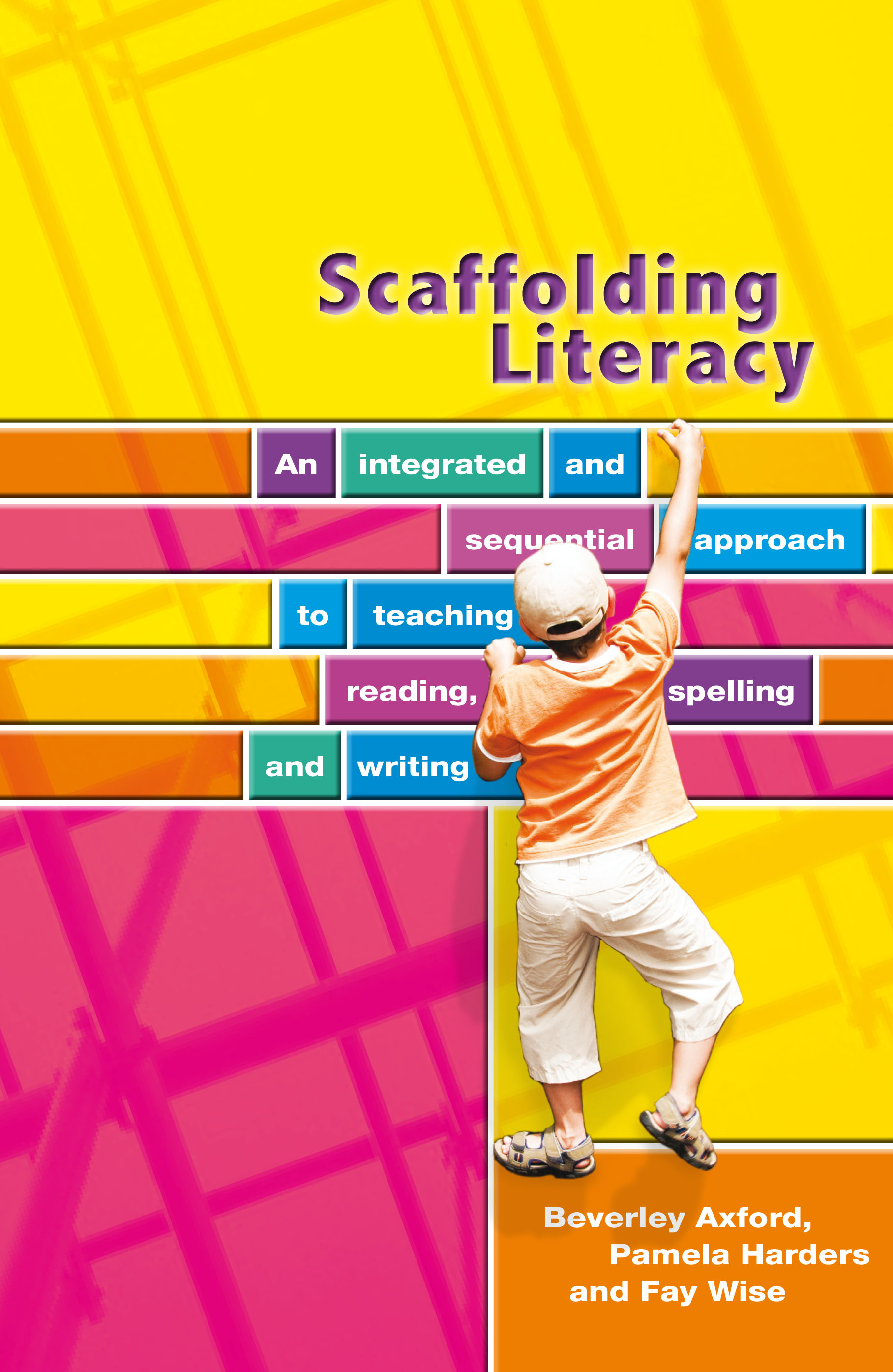

Ideas such as a set of “ non-negotiable ” vocabulary words for ELL students can build foundational knowledge that will allow them to catch up to and even surpass their English-speaking peers. Once teacher clarity exists, you can dig into ways to deepen ELL instruction.

No amount of graphic organizers will support an English learner (or any learner) if the learning intention and your instructions do not clearly express what your students must do in a given task. In the ELA classroom (and across content areas), before worrying too much about specific, day-to-day strategies, first look at what you are teaching and how you are teaching it. The ELD framework points directly to that idea. Teacher clarity and improved teacher instruction have the potential to greatly impact student growth. How will I know when I have learned it?.Teaching with intentionality points to extensive research on the concept of “teacher clarity.” Teachers and students have clarity if they can answer these questions: For example, the framework’s suggestion around vocabulary instruction in fourth grade asks that teachers choose words that deepen students’ understanding of a particular concept rather than simply pulling words from a selected list. As with math instruction, the larger focus is on intentionality.Īs teachers, we need to ask ourselves what our students truly need to know in order to grasp the given content.
Scaffold meaning in education how to#
From encouraging discussions in kindergarten to being selective about vocabulary instruction in fourth grade, the framework and numerous articles that expound on it, offer specific ideas for how to approach ELL instruction. Invite parents into the classroom to serve as presentation judges or as panelists.ĮLA as the foundation for ELL instructionĬalifornia’s ELA/ELD Framework provides instructional guidance for different grade levels of English Language Arts.Encourage students to get their parents’ perspectives on science topics.Offer science workshops at different times of the day and week.Here are some creative ways to involve parents in science classes: However, teachers can find ways to invite parents and families to participate in science instruction: “Parent-to-student and parent-to-teacher workshops serve as an opportunity to facilitate information (in various languages) on science-related issues, such as health, environment, and planning for careers in science.” While the NSTA recommends providing teachers with diverse field experience, that is beyond the classroom teacher’s control. Connecting with world science can decrease the affective filter and engage ELLs, as well as other students who come from diverse backgrounds. The NSTA specifically suggests including non-Western scientists and viewpoints. Where the recommendations differ are in how to build the curriculum. Most echo the recommendations found for other content areas, including teaching vocabulary explicitly and encouraging intentional group and partner work. The National Science Teachers Association (NSTA) sets forth a number of strategies for the science classroom. Offering alternative formats allows students to better access the content and it prepares them for the opportunity to move beyond an official English Language Learner designation. Incidentally, statewide redesignation testing (English language proficiency exams) include assessments on processing oral information. Other strategies include offering different types of resources, such as video and audio, which allows ELLs (and all students, really) to access information beyond the text.

Offering students a choice in how they organize their information - or at least exposing them to a toolbox of options - can allow the bilingual mind to come to a deeper understanding of the content. In a notes-heavy content area like social studies, graphic organizers can give students the opportunity to process information in a way that makes sense to them. Manipulatives may not always appear in secondary classrooms, but offering students the opportunity to engage with math concepts away from the text can help these students’ math and language skills develop. When engaged in activities or projects, ELLs can benefit from manipulatives and the chance to utilize both math and language skills with a partner or in a group.


 0 kommentar(er)
0 kommentar(er)
